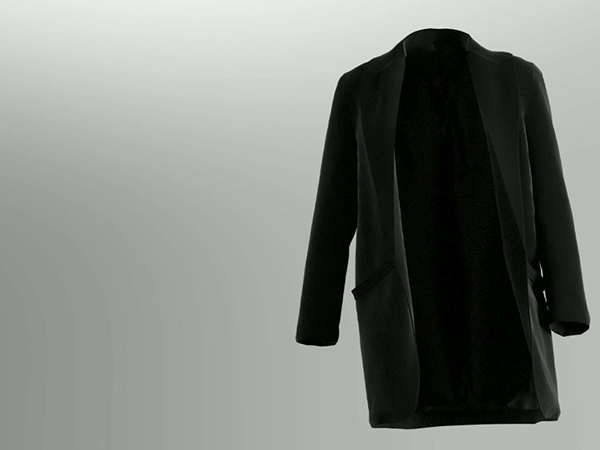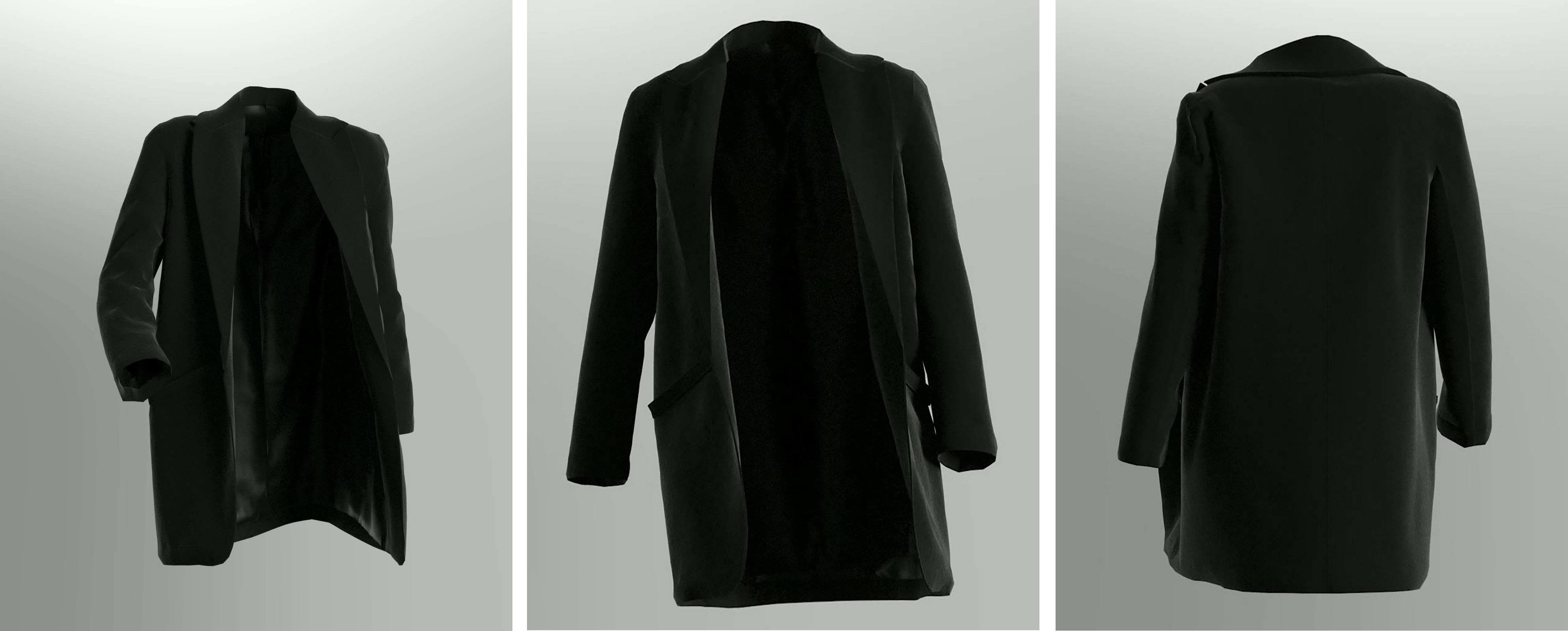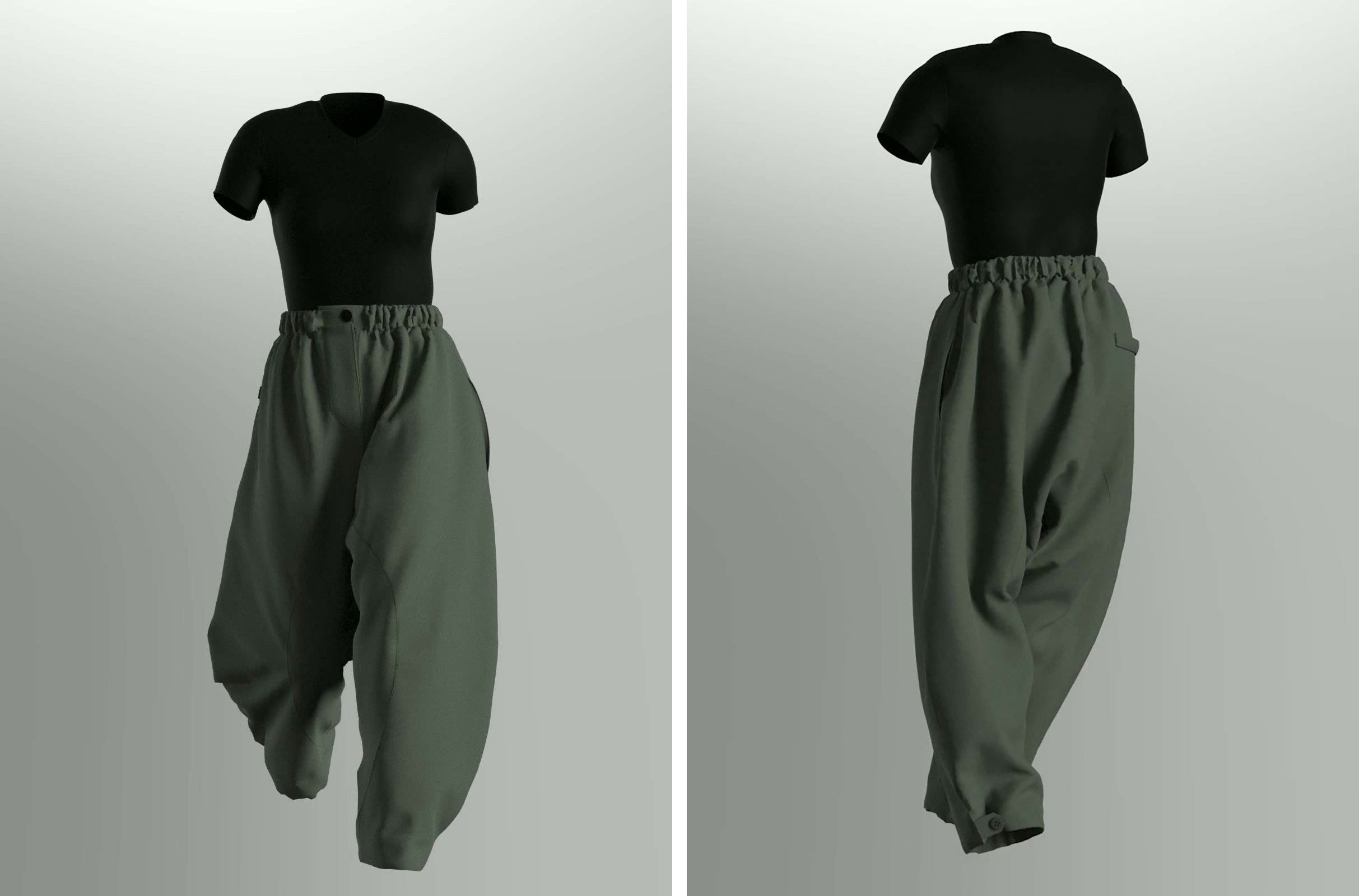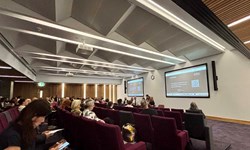
Future Fashion Factory is engaged in a project to develop a bespoke, online personal shopping experience that utilises 3D simulation technologies. Otis Robinson reports.
Nomad Atelier, a luxury fashion retailer based in Barnsley, UK, is in talks to adopt 3D simulation technologies that will enable a bespoke, online personal shopping experience for its customers.
The University of Huddersfield’s Department of Fashion and Textile has been engaged in the project, which is funded by the Future Fashion Factory, an industry-led collaborative research programme which is part of the Creative Industries Clusters Programme. The University of Huddersfield’s Technical Textile Research Centre is one of the three research centres associated with this GB£5.4m project, along with the University of Leeds and Royal College of Art.
The Nomad Atelier project, titled ‘Web-based digital applications for independent UK fashion manufacturers’, will have secondary benefits including the reduction of waste thanks to a reduction in sampling during early development of garments for customers.
Claire Evans, senior lecturer at the Department of Fashion and Textile, tells WTiN that the initial requirements of the project were simple. Evans says Nomad Atelier’s founder and director Rita Britton was searching for a way to create a better online shopping experience for her clients.
The researchers proposed a unique, digital, personal shopping service that would utilise customer awareness of Britton and their admiration of her skills.
“Rita is the brand, really,” Evans says. “She’s great. People like to have that interaction with her.”
But the project’s pertinence soon strengthened. The Covid-19 pandemic exacerbated the lengths fashion retailers had to go to in order to meet customer requirements. With physical retail restricted and ecommerce booming, the online shopping experience fast became the most important tool to connect with customers.
As such, Future Fashion Factory and the University of Huddersfield has proposed Nomad Atelier utilises third-party technologies – a combination of CLO, Optitex and more – that will allow the team to place garments on customised 3D avatars for customers’ personal shopping experiences.
Garment patterns would be brought into the Cloud through Optitex, then rendered in CLO. The garments are then animated and a 3D suite is used to build upon this function.
Ultimately, after refining, an avatar is produced – a figure wearing the Nomad garment moves around on screen to give an idea of how the garment would look and fit to a person’s own specifications, allowing a personal shopping experience for brand customers.
The sum of its parts would thus act as a bespoke personalised shopping service. Even aside the Covid-19 pandemic, the technologies proposed could help Nomad Atelier enhance its ecommerce solution beyond just the overcoming of lockdown limitations.
“Nomad could embrace, explore, promote and develop a different personal shopping experience for people that can’t come into the store, be it because of Covid-19 or […] clients that were overseas or had moved overseas,” Evans explains, “or even clients in the UK that live a long distance away from London or Scotland.”
However, Evans makes note that customers will not have direct interaction with the platform and will only see the end animated product.
This is because, currently, the technology capable of data input for customisable avatars is not yet accessible online, Evans explains. This is an ongoing race within the industry that many are eager to get to the finish line.
“I get so many questions from people and companies saying, ‘I’d like to put my garments online, and I’d like [customers] to be able to go and try them on’, but the technology to do that isn’t here yet,” Evans explains.
“Instead of that, Nomad will measure their customers (or the customers may measure themselves), and they will make an avatar the size that is needed (speculatively), and then they will put their garments onto that model and show [customers], for example, what they look like in the medium [sized garment].
“It’s very much a bespoke process. We haven’t invented a way of being able to put your data onto a computer and get a garment to ping up for you. That is the million-dollar question at the moment. Whoever can do that, and whoever finds out how do to that, it’s going to be amazing.”
Evans notes that this is a gap in the fashion industry at the moment but remains hopeful it will one day come to fruition and change ecommerce and online retail experiences forever.
“We can make garments, and we can make the figure to put the garment on, but we can’t get them to come together online at the moment. We can get them to come together offline.
“I think it’ll be amazingly revolutionary for online shopping.”
Have your say. Join the conversation and follow us on LinkedIn







